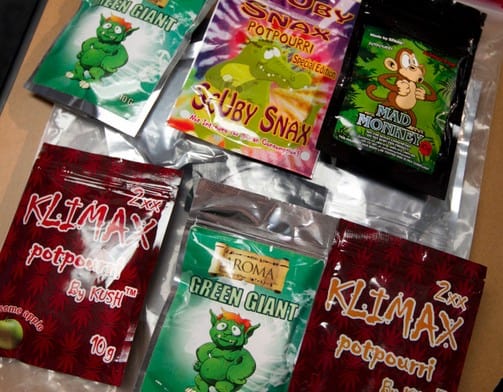Dr. Jane Maxwell, research scientist at the School of Social Work, has just published a report (pdf) that summarizes 2015 substance use trends in Texas. These are five important findings in the report:
 Methamphetamine use indicators (such as poison center calls, treatment admissions, and deaths) continue to be high in Texas. Since 2013, methamphetamine has been the drug most commonly reported by forensic laboratories, outranking both cocaine and cannabis. The DEA ranks methamphetamine as the #1 threat in the Dallas area, #2 in the Houston area, and #4 in El Paso area. Customs and Border Patrol reports show that methamphetamine seizures are up by 260 percent along the western part of the Texas border with Mexico, and up by 420 percent along the eastern border. Methamphetamine is dissolved in water to be imported into the United States, and laboratories on the Texas side convert into Ice. The increased availability of the drug has led to a decrease in prices: an eight-ball that cost $400 in the summer of 2014 was selling for $225 in February 2015.
Methamphetamine use indicators (such as poison center calls, treatment admissions, and deaths) continue to be high in Texas. Since 2013, methamphetamine has been the drug most commonly reported by forensic laboratories, outranking both cocaine and cannabis. The DEA ranks methamphetamine as the #1 threat in the Dallas area, #2 in the Houston area, and #4 in El Paso area. Customs and Border Patrol reports show that methamphetamine seizures are up by 260 percent along the western part of the Texas border with Mexico, and up by 420 percent along the eastern border. Methamphetamine is dissolved in water to be imported into the United States, and laboratories on the Texas side convert into Ice. The increased availability of the drug has led to a decrease in prices: an eight-ball that cost $400 in the summer of 2014 was selling for $225 in February 2015.- Heroin users are becoming younger and less likely to be people of color. Use indicators have risen, and the increase of 352 percent in heroin seizures along the western part of the Texas border with Mexico may point to a new supply chain to provide heroin to West Texas and New Mexico.
- Cocaine use indicators are low due to changes in the international market, including fewer coca bushes being grown in the Andes and more product diverted to Europe. However, 2013-2014 forensic data showing increased amounts of cocaine identified along the Texas-Mexico border may indicate an increase in the cocaine supply in the near future.
- Cannabis supply from Mexico has decreased owing to drought, gang warfare, and increased border protection. This led to increases in home-grown and hydroponic cannabis in Texas, and the availability of high-quality cannabis from Colorado. There has been changes in patterns of use with electronic cigarettes and the “vaping” of hash oil.
- Synthetic cannabis use has been marked by sporadic clusters of overdoses, which may be due to amateur chemists mixing the drugs or to bad batches of chemicals. Synthetic cannabis is commonly sold as K2. It comes in colorful three-ounce plastic pouches and is marketed as a safe, herbal alternative to marijuana. K2 can be bought at convenience stores, head shops, online, and on the street.
Download the full report here (pdf).


